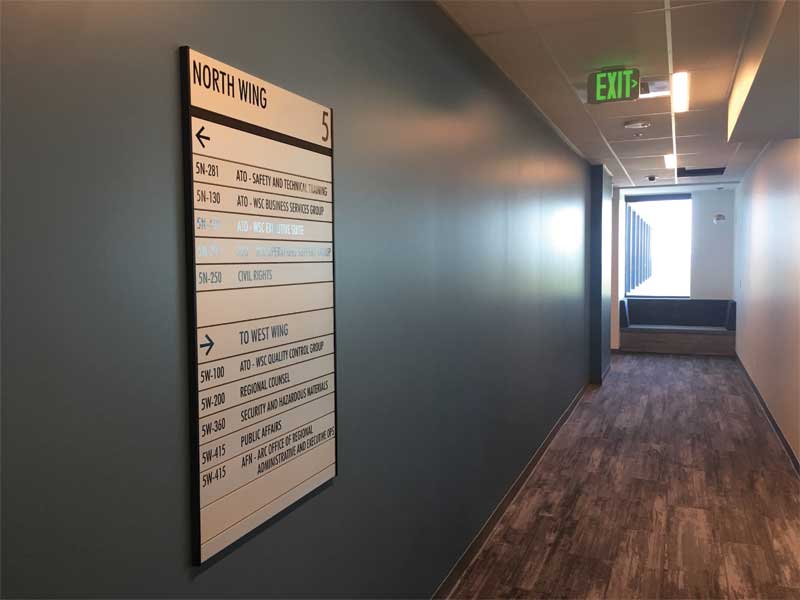Using visual cues to design effective wayfinding systems

A person’s wayfinding adventure begins with orienting oneself to his or her current position, asking, ‘Where am I? In what direction am I facing?’
By Charles Kelly Jr.
Industry professionals tend to consider signage as the key to a successful wayfinding program. While this author certainly does not dispute this point, those involved in the design of these types of projects are also required to give a great deal of attention to the human experience.
A person’s wayfinding adventure begins with orienting oneself to his or her current position, asking, ‘Where am I? In what direction am I facing?’ Each step through the process imprints the user with a landmark and provides a point of reference for the next steps. The accumulative effect is the development of a personal cognitive map: a coherent mental image, reinforced by each repeated movement through memorable spaces. This idea has been referred to as ‘spatial problem solving.’
While signage plays a vital, linking role in the wayfinding process, visual cues and inspired design also have a significant impact.





